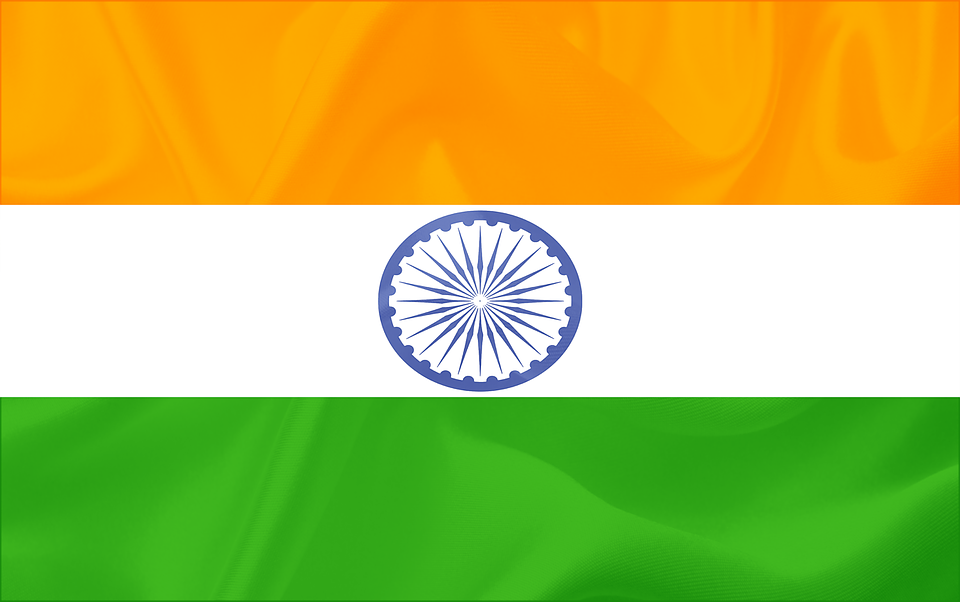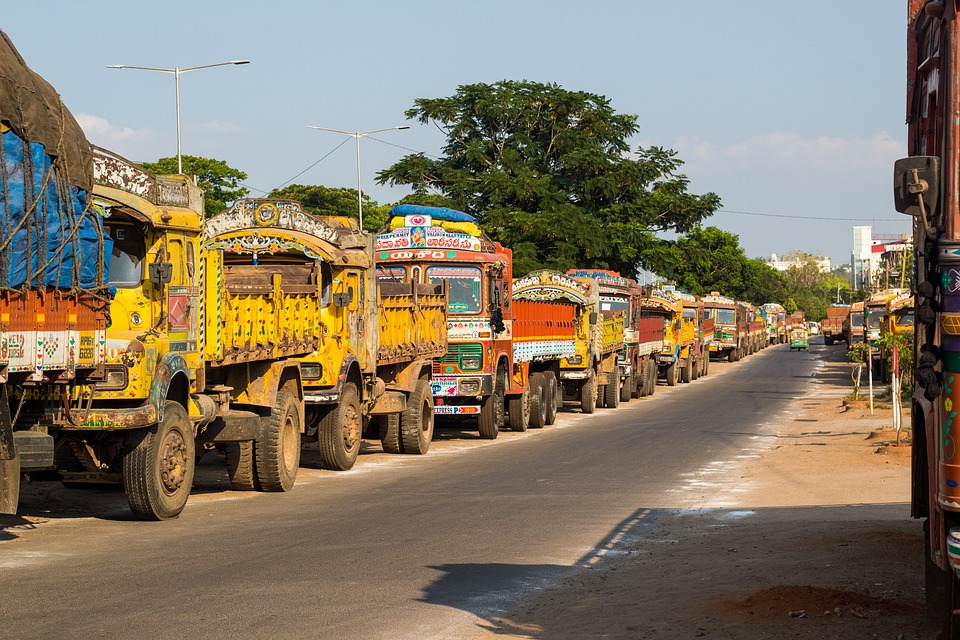Improve Your IQ, Subscribe to Suvipra’s Newsletter
Suvipra’s Newsletter
That the Constitution of India is the longest written document of its kind isn’t the only element that makes it unique and special. If one has to pick any such element from more than 400 articles contained in the constitution, it can be the fundamental rights as enshrined in Part III. Right to equality and Right to freedom of religion are all a part of this. But that’s not all. Adopted by the Constituent Assembly of independent India on 26 November 1949 and brought into effect on the 26th day of January 1950, the Constitution of India is one document that defines how the country must be run by the representatives of people, how the powers and functions of centre and state differ and are yet aligned with each other and how three separate wings – the executive, judiciary and legislature must function independently.
This year, on 26th November, India will be celebrating its 70th constitution day. In lieu of it, let’s explore more about our constitution below.
To begin with, the Constitution of India explicitly declares the country a sovereign democratic republic, alongside being a secular and socialist state. The latter two declarations were added in 1976 by the then Indira Gandhi-led government. Indeed, this tells us that the constitution of our country is not a rigid document but a flexible one which can be amended in accordance with changing time and social and economic needs of the country and countrymen. But first things first. Dr. B R Ambedkar, the Chairman of the drafting committee that was assigned the task to draft the constitution after deliberations in the Constituent Assembly, inserted 395 articles in 22 parts and 8 schedules in the document, which of course have seen additions and alterations in the decades that have since passed.
The main elements range from recognizing the states and union territories that make up the ‘Union of India’ in Part I and citizenship and fundamental rights in Part II and Part III respectively to the directive principles of state policy in Part IV and panchayati raj system and municipalities in Part IX and Part IXA respectively. The Constitution of India is a comprehensive and wide-ranging document that covers virtually everything that shapes the lives of Indians. We all know that the Indian Parliament consists of the President as the Head of the State and two houses- Rajya Sabha (the upper house) and Lok Sabha (the lower house). But it is the constitution that makes all these provisions and many more such as the official languages that are contained in the Eighth Schedule and anti-defection measures for representatives as contained in Schedule Ten.
A crucial thing to remember here is that although the makers of the constitution made it a flexible document that could be altered by the Parliament, the judiciary of India at many instances arising in the independent India has come up with what is known as the ‘basic structure of Indian Constitution’- a structure that is inviolable and immune from the whims and fancies of Indian Parliament. This means that such basic principles as the fundamental rights of citizens cannot be infringed upon by the government under any circumstances and if done so, the same can be declared void by the judiciary. Another important point is that any law in India, whether it is enacted after India became independent or carried forward from the colonial India, cannot have provisions that are in violation of any provision contained in the Indian Constitution.
As the constitution of our country is a long document that covers a wide variety of subjects and has far-reaching impact, it is near-impossible to cover all that in a single piece of writing. Still, it is notable that the constitution is the supreme law of our land and a document that defines our relationship with our representatives that we elect to the Parliament and state legislatures.
Also read from this blogger: Knowing the Kargil War of 1999
Suvipra aggregates essential blogs in one place for enhancing general awareness and intellect of the readers. Read to Succeed.
Reach a wider audience for free!
To get your blog published on Suvipra.com, click Submit Your Blog
Increase the number of clicks to your own website for free!
To submit the link to the blog on your website, click Submit your Blog Link


























